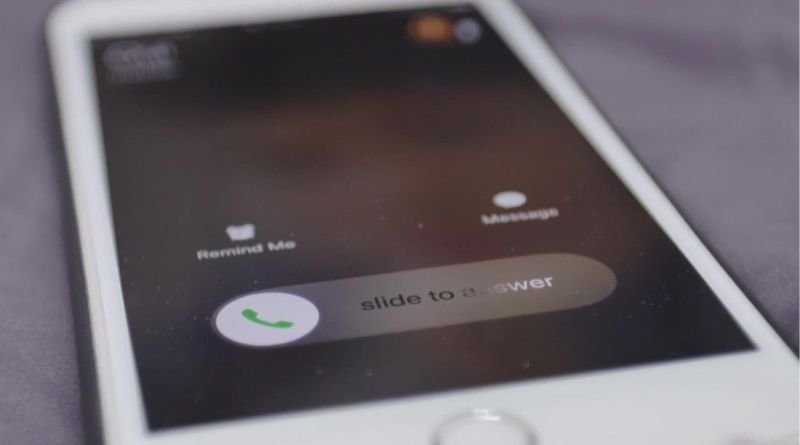Is that email a scam? Here’s how to tell

With the increase in cybercrime, it’s important to stay safe online and keep your company and your clients protected from scams and fraudulent emails. There are many ways you can do this, but one of the easiest ways is to simply check the address of an email, just like you would any other correspondence you get from someone you don’t know personally, or haven’t done business with before. Here’s how it works!
Use your common sense
You know the old saying, if it sounds too good to be true, it probably is? That applies to emails, too. If you get an email from someone you don’t know, or from a company you do business with that looks suspicious, use your common sense before clicking on any links or replying. Even if you have seen the sender’s name somewhere else, this doesn’t mean it isn’t spam. Never share personal information like passwords and credit card numbers in response to any unsolicited emails (or anywhere for that matter). If something doesn’t seem right and you’re not sure what to do, contact your IT department for help. They’ll be able to verify whether or not the email is legitimate.
The best way to protect yourself from scams is to follow some basic rules: don’t click on any links in emails unless you are certain they are safe; never open attachments from people you don’t know; and never give out sensitive information such as usernames, passwords, or social security numbers.
Check the sender’s address
The first step is to check the sender’s address. If the email is from a company, the address should end in .com. However, scammers can create fake .com addresses, so it’s important to look closely. If the address looks suspicious, don’t open the email. You can also hover over the sender’s name to see if the address they’re using matches the domain of the company they claim to work for. If it doesn’t, that’s a red flag. Other ways to spot scams are if the email contains grammar or spelling errors and/or asks you to provide personal information or give money for an urgent situation. Finally, some emails ask you to click on links or download attachments. Never do this without verifying with someone at your company first!
Google it
When you’re trying to figure out if an email is legitimate or not, there are a few things you can do. First, check the sender’s address. If it’s from a free email service like Gmail or Yahoo, that’s not necessarily a red flag, but it could be worth taking a closer look. Next, see if the message is addressed to you by name or if it looks like a generic form letter. If it’s the latter, that’s another potential sign that something isn’t quite right. Finally, Google the company in question and contact them via phone or chat to make sure they sent the email. Once you’ve done these steps, and made sure everything checks out, you’ll know whether or not it’s safe to open that attachment!
Report it
Email scams are becoming more and more common, and they can be tough to spot. But there are some telltale signs that an email is a scam. If you’re not sure whether an email is legitimate, here’s what to look for :
- The email address of the sender: if it includes .ru or .com, it could be a scammer.
- Greeting: make sure the greeting reads as follows: Dear valued customer or Hi.
- Urgency factor: Scammers will typically include urgent wording such as urgent or act now. It might say something like We have your account information. or Your account will be closed in 10 days. Or maybe You must click on this link to update your account before we close it. None of these phrases should make you panic; in fact, they should probably just prompt you to delete the email.
